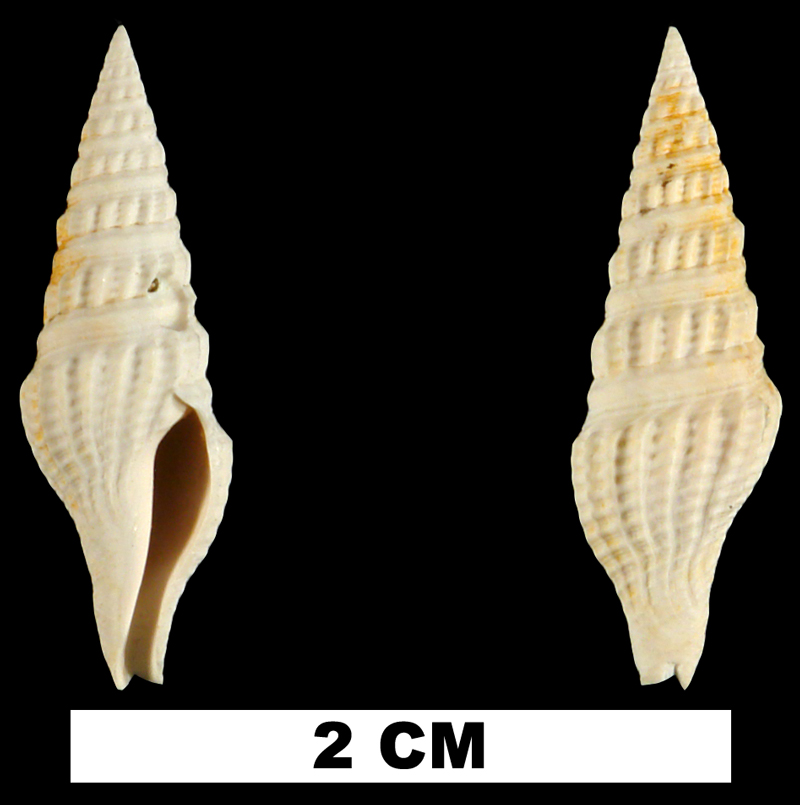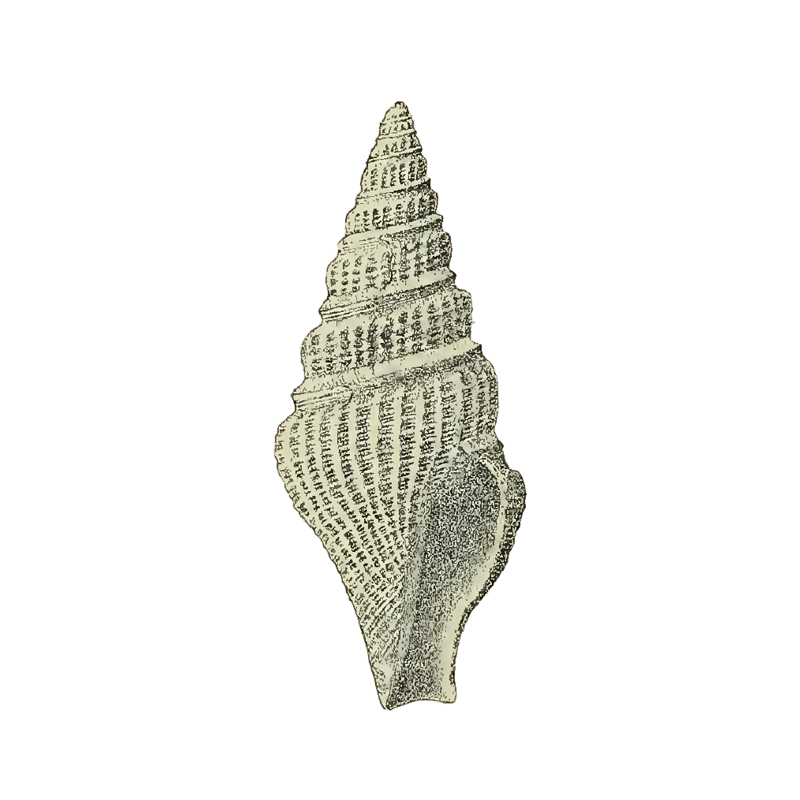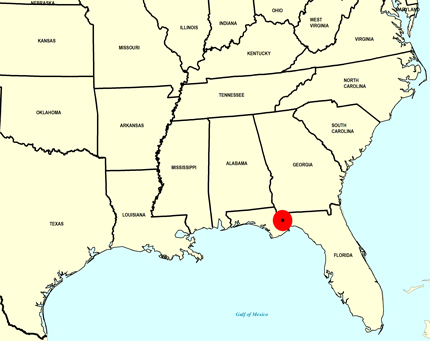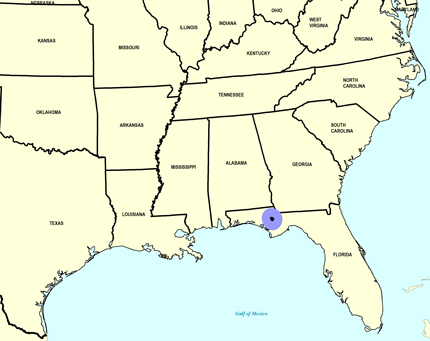
Crassispira calligona
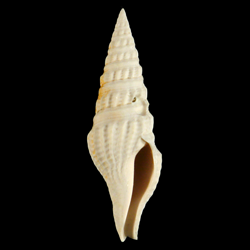
- Phylum: Mollusca
- Class: Gastropoda
- Order: Neogastropoda
- Family: Pseudomelatomidae
- Genus: Crassispira
- Species: Crassispira calligona (Maury, 1910)
Geological Range
Early Miocene to questionably Late Pliocene; Extinct.
Paleogeographic Distribution
Northern Florida.
Remarks
Note that occurrence of species in the Late Pliocene Jackson Bluff Fm. is based on a single specimen (UF 69046).
Original Description (from Maury, 1910, p. 7):
"Shell elongated, resembling in form the recent Drillia ostrearum, Stearns. Spire acute, nuclear whorls two, subsequent whorls seven, of which the two earlier show well-marked transverse ribs, but little or no spiral sculpture; spirals on the later whorls stronger, consisting of primaries with alternating finer, secondary threads in pairs; transverse ribs stronger and more numerous on the later whorls (twenty-five on the last) and more sharply defined; the intersecting ribs and spirals form a beautiful cancellation ornamenting the whorls up to the margin of the groove, where the ribs end abruptly; in the groove lines of growth and fine, sub-equal spirals form the only sculpture; upper margin of the groove marked by a sharp carination sloping steeply to the suture; aperture narrow with a smooth callus.
Length of shell 19; of last whorl 11; of aperture 8; greatest width 6 mm.
This very beautiful species is characterised by the delicacy and elegance of its sculpture.
Chipola Oligocene, Bailey's Ferry, Florida.
Cornell University collection."
To access this description in its original formatting through the Biodiversity Heritage Library, click here.
Stratigraphic Occurrences
- Late Pliocene
- Jackson Bluff Formation (N. FL)
- Early Miocene
- Chipola Formation (N. FL)
